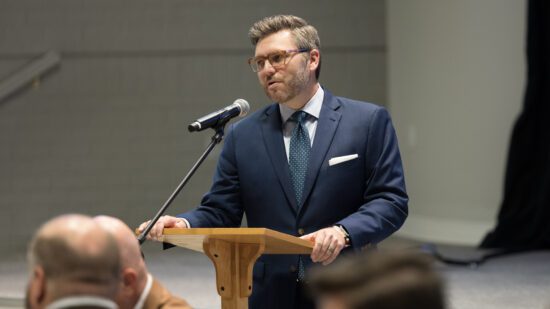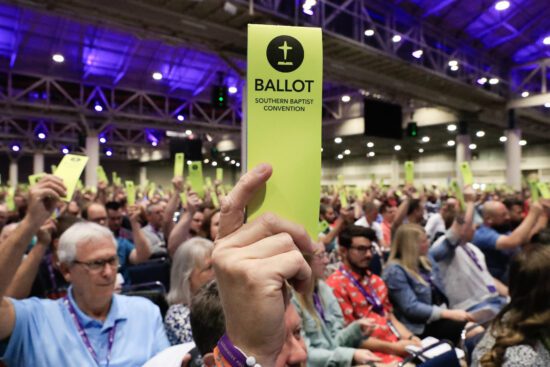When COVID-19 hit the U.S. in early 2020, nobody really knew what was coming. Quarantines and lockdowns that were only expected to last a few weeks stretched to months. Events were postponed and then cancelled. Weddings and graduations became rites of passage without an audience. People lost their jobs and businesses. Worst of all, too many people died — and without a public funeral. While all this was happening, church gatherings were restricted or called off altogether.
Getting creative with “community”
But we weren’t made to do any of this alone. God created the world and everything in it in six days, and at the end of each day, God called his creation “good,” and even “very good” when he created humankind. But when God saw that Adam was alone in the Garden of Eden, he declared something “not good.” He had designed humankind for community, not isolation; loneliness was not good. So he created community with Eve — and he put a drive within us to seek out that community.
And so we did. When we couldn’t meet in our regular church buildings or hold our most beloved celebrations like Good Friday and Easter Sunday, we had to get a little creative. We wrangled technology like Zoom and FaceTime and social media to reach past restrictions. We recorded services and spliced video clips and reimagined activities and held virtual gatherings. We even went old-school, connecting with each other through snail mail and phone calls (because yes, phones can still actually make calls).
In many ways, this was a welcomed wrangling — more and more churches harnessed technology as a divine catapult, sending the gospel message literally around the world instantaneously. Biblical teaching and preaching reached inside the homes of many who may have never otherwise crossed the threshold of a church building. In our information-at-our-fingertips-age, pandemic or not, we can gather as households and stream solid biblical content from Bible teachers whenever we want.
Yet, we can’t take all of this in while in New Testament community (Acts 2: 42-47), though the internet tries to offer a semblance of this. Facebook has groups and community pages. Zoom has breakout rooms where small groups can discuss from a distance. Forums and membership-based apps provide a sense of community where people can gather around shared faith. These online relationships can make lockdown life a little easier, but they only offer a shadow of what God has created us for.
Ultimately, this type of online community isn’t healthy. “Parasocial relationships are a problem because they foster the feeling of friendship and community without the benefits of it,” Chris Martin writes. “The illusion of friendship with people on a social media platform is a hollow form of community often built on conflict and at the expense of real relationships unmediated by a social media platform.”
Something is missing
In a year of social distancing, restricted gatherings, and unprecedented quarantines, we’ve done our best to be together in person as much as possible. Zoom gatherings, streaming platforms, social media, porch drop-offs, drive-by birthday parties, and drive-in church services have been a sort of band-aid. But still, we feel a crucial pull to return to real-live community because we were created for it. Hebrews 3 calls us to “exhort one another every day, as long as it is called ‘today’,” and Hebrews 10 teaches us to meet together regularly in order to “stir up one another to love and good works.” Ephesians 4, Titus 2, and James 5 describe life-on-life church community that edifies us as Jesus-followers.
The church was God’s idea, and he created church community for a purpose. Being the body of Christ includes many facets, from hearing the Word proclaimed together to breaking bread with one another. The community of the local church is unique and vital and can’t be replaced by screens.
The internet can’t give us the warmth of a bonfire shared with friends on a crisp evening. It can’t give us a group of people who’ll help us move that old piano across town (again and again, for free). It can’t give us the joy of celebrating new life by passing around a newborn baby, or bouncing a toddler on our knees. It can’t have us over for dinner, can’t smile or weep, and can’t hug. Only people can do these things—real, living, breathing, incarnate people, which is significant because our Savior came to live among us; he put on flesh, dwelt with us, and experienced what it was like to live in human community (John 1:14). And he gave us a taste of what it our fellowship should look like.
COVID-19 was incredibly hard, yet maybe it wasn’t the worst thing that could happen to our churches. The physical absence of our brothers and sisters accentuated a God-given desire to gather together. And, as a result, we can pray it continues to clarify our need for true biblical community and reinvigorates our love for and commitment to each other.










